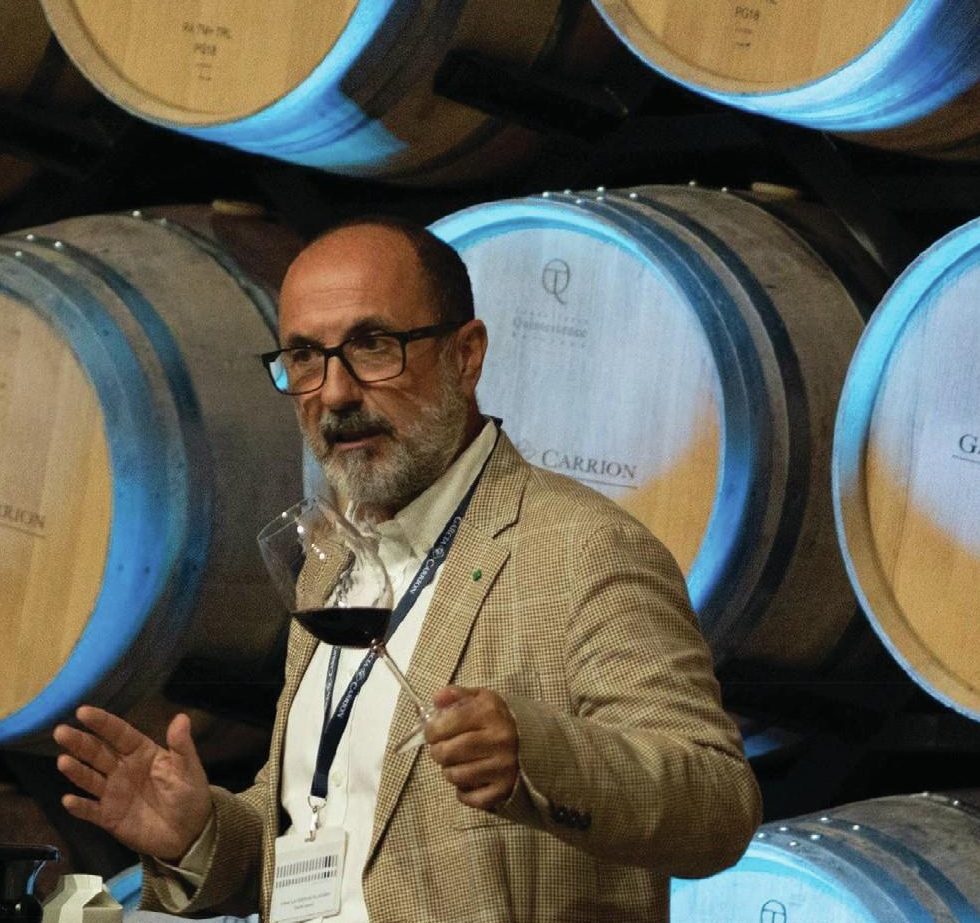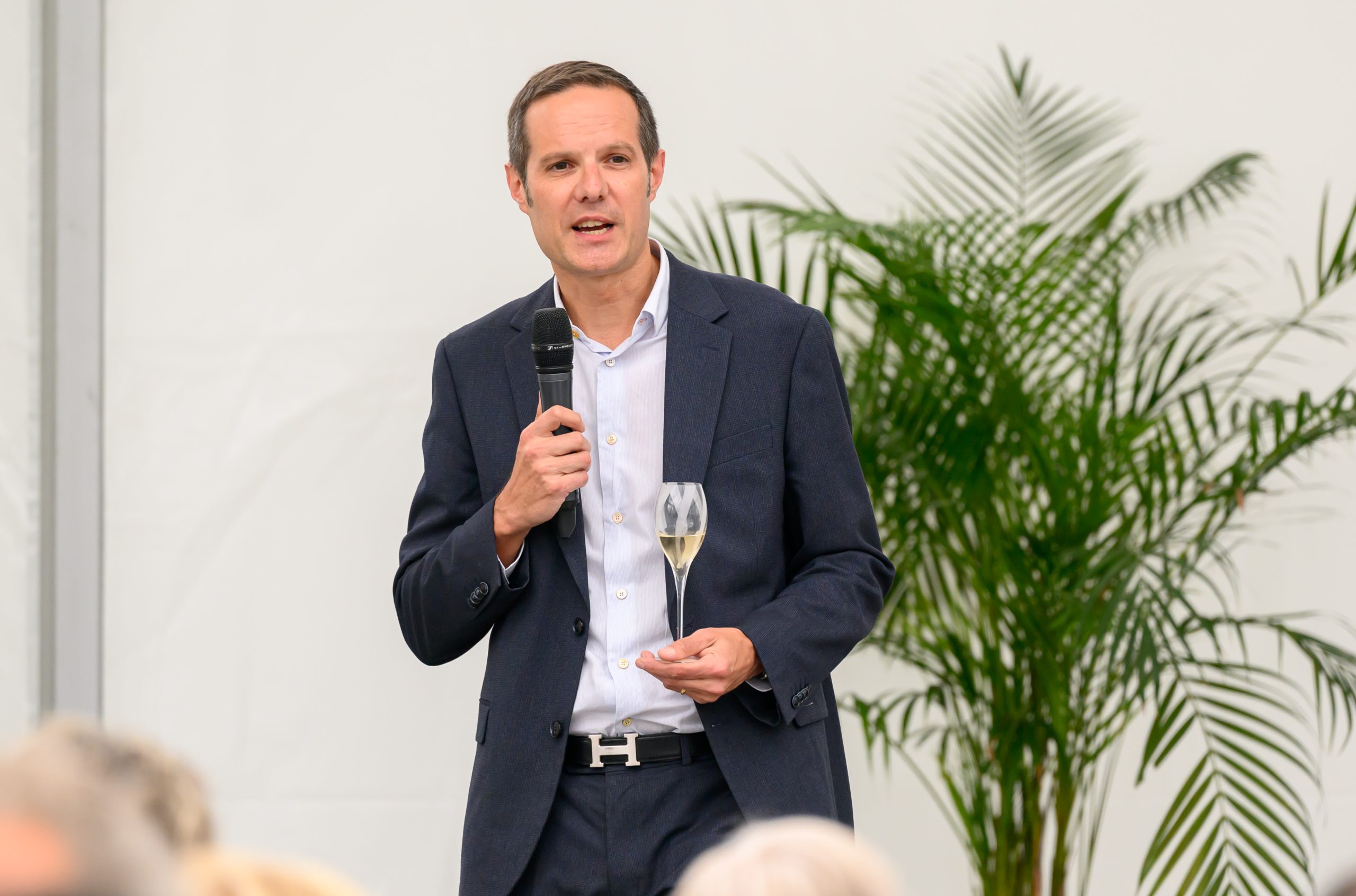Buoyant spirits giants leave Diageo glum
The mood music around the world’s major spirits companies is beginning to sound more cheerful, with Pernod Ricard, Rémy Cointreau and LVMH (Moët Hennessy) all making cautious but mildly encouraging statements to accompany their results for the first three months of 2015. Diageo, by contrast, was less positive.
Although Diageo’s CEO, Ivan Menezes, sought to emphasise the eventual benefits of declogging the supply pipeline (especially in Asia) and focusing on his cost saving programme, analysts were quick to seize on the fact that net sales fell by 0.7% in the quarter with volumes 0.8% lower, both figures below their expectations. They also noted that the world’s biggest premium drinks company fell short of their consensus estimates of performance in every one of its geographic operating regions.
They were quick to focus on the more positive numbers from arch-rival Pernod Ricard, whose performance across the globe was given a more favourable reception as it beat forecasts in most regions. Third quarter sales were 7% ahead of last year’s comparable performance, tempting some analysts to suggest that when the French group announces its full-year results in the summer, it will hit the top end of its projections of organic operating profits growth of between 1% and 3%, with some even hinting that it might beat that target.
Diageo has avoided giving anything other than unquantifiable guidance on its performance for the year to the end of July, continuing to underline “tough conditions in the emerging markets and subdued consumer demand in some developed markets”. Menezes says there will be “subdued net sales growth this year.”
Contrast that with new CEO Alexandre Ricard’s belief that Pernod Ricard’s latest numbers confirm the “solid and gradual improvement we had announced in October”.
At LVMH the Moët Hennessy wines and spirits division’s sales rose by 12% in the quarter but at the organic level they were 1% lower. That, however, was better than the 4% fall analysts had predicted.
Meanwhile Rémy Cointreau’s sales (after stripping out currency fluctuations) rose by 23%, largely due to less depressed conditions in China, which generates more than half the group’s sales and margins.
Rémy Cointreau now expects organic growth in operating profits when it announces full-year figures in June. While that is positive, it should be compared with the hammering the group’s profits took when Beijing imposed its austerity and anti-corruption drive.
Indeed, analysts believe that trade in China has turned a corner, with improving conditions a theme in all of the results. While still much depressed from previous levels and with greater focus on mid-market categories, sales in China are on a discernably improving trend.
Diageo’s net revenues from China were up 13% in the quarter, driven largely by the recovery in baijiu demand, and although Pernod Ricard’s sales there are 3% down for the first nine months of this financial year, chief financial officer Gilles Bogaert is reported as saying that when the group announces full-year results in late August, “we should not be far from stability in China, which is a clear improvement”.
Partner Content
The same is largely true of trading in North America. Menezes says consumers there “remain the most resilient” with growth in spirits sales “improving” despite the huge pressure in the vodka market depressing returns on Smirnoff in the same way as it does Pernod Ricard’s Absolut brand. Diageo’s sales rose by 0.9% in the latest quarter while Pernod Ricard’s results showed a 5% improvement, although the figures are not strictly comparable because the French group’s trading region also includes Central and South America.
No-one is predicting a rapid resurgence in the industry’s fortunes, with adjectives such as “challenging” and “difficult” featuring prominently in descriptions of the world market, but it is helpful to consider the relative share price movements as a guide to investors’ expectations.
Over the past 12 months Diageo’s share price has fluctuated in a 5% range but is now about 2% ahead of where it stood in mid-April 2014, indicating no more than modest expectations. That said, brokers remain mildly positive, although the consensus forecasts for the shares is somewhat weaker than 12 months ago. A key question is whether investors in Diageo have fully recognised the enormous strides being made in the Indian market by United Spirits, where Diageo now owns 55%. Perceptions have been clouded by the legacy of the previous management, but on the Bombay market USL shares are some 17% above the price Diageo finally paid for control.
Rémy Cointreau’s shares fell heavily in the autumn but are 10% up on a 12-month basis, reflecting increased confidence. To use LVMH’s shares as a guide to performance of its wines and spirits division is impractical as they encompass the entire luxury goods empire. However, LVMH has announced a concerted drive to counter “grey market” sales in China, where some prices can be 70% higher than in other markets. If successful, Moët Hennessy’s results will improve proportionately.
On share price performance, investors undoubtedly favour Pernod Ricard, whose shares are almost 30% ahead of where they were a year ago, most of that advance being made since Christmas. Much has to do with the seemingly more positive aura the company presents. While trading conditions globally are much the same for all the big groups, Pernod Ricard accentuates the positives more than Diageo. That could, of course, mean that Menezes may have a pleasant surprise for shareholders when he unveils his annual results – but analysts are dubious.
To be fair to Menezes, he knows that in this financial year at least he faces a negative that he can do nothing about and which will overshadow his group’s performance compared to those of his Paris-based rivals. The weakening of sterling against the dollar he estimates will hit sales and operating profits by about £240m and £110m respectively in the full year.
By comparison, despite the continuing travails of the Eurozone, the single currency has strengthened against the dollar since plumbing the depths at this time a year ago. Consequently, Ricard forecasts that his group will benefit from a €180m (£130m) windfall.




